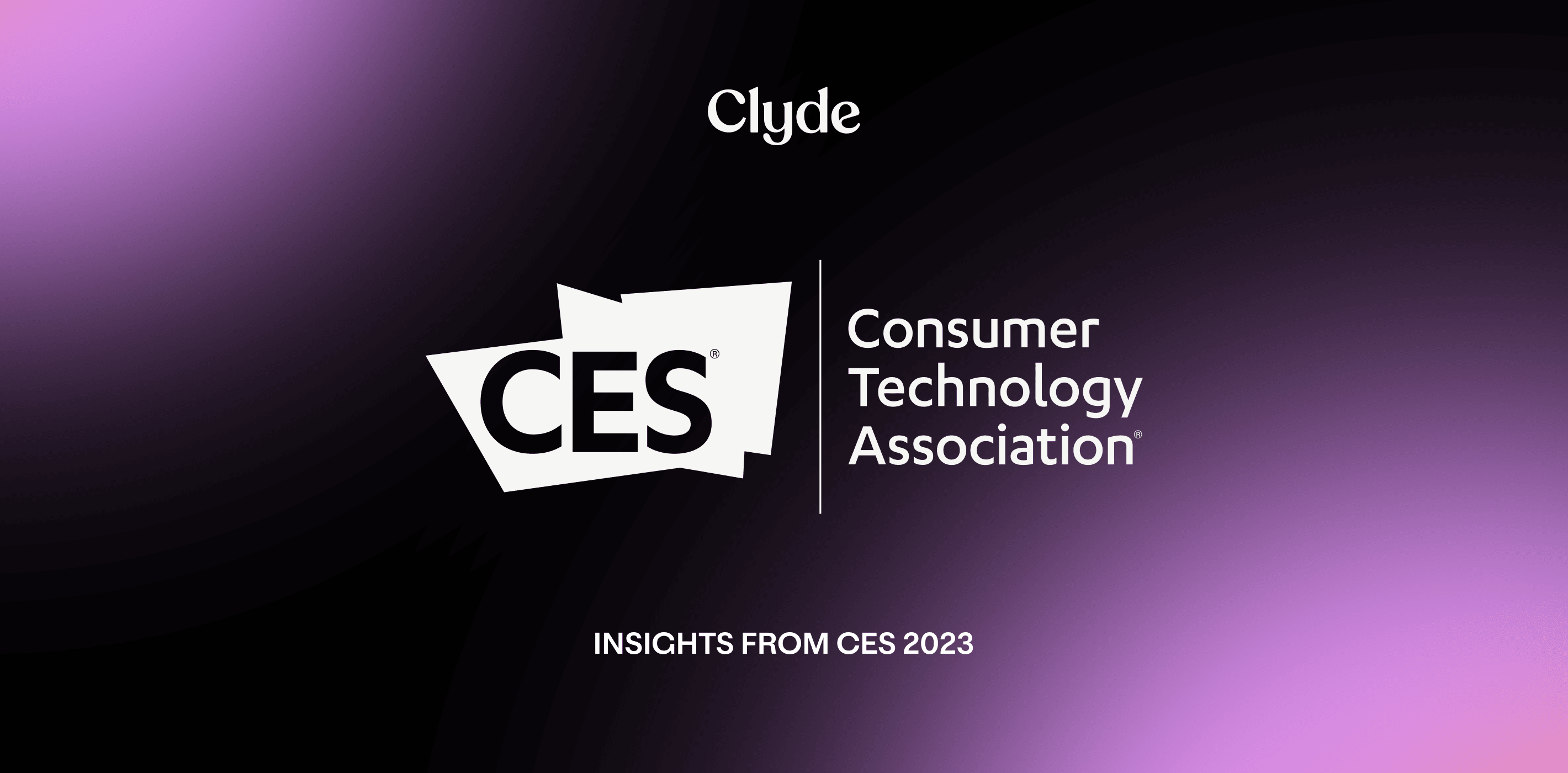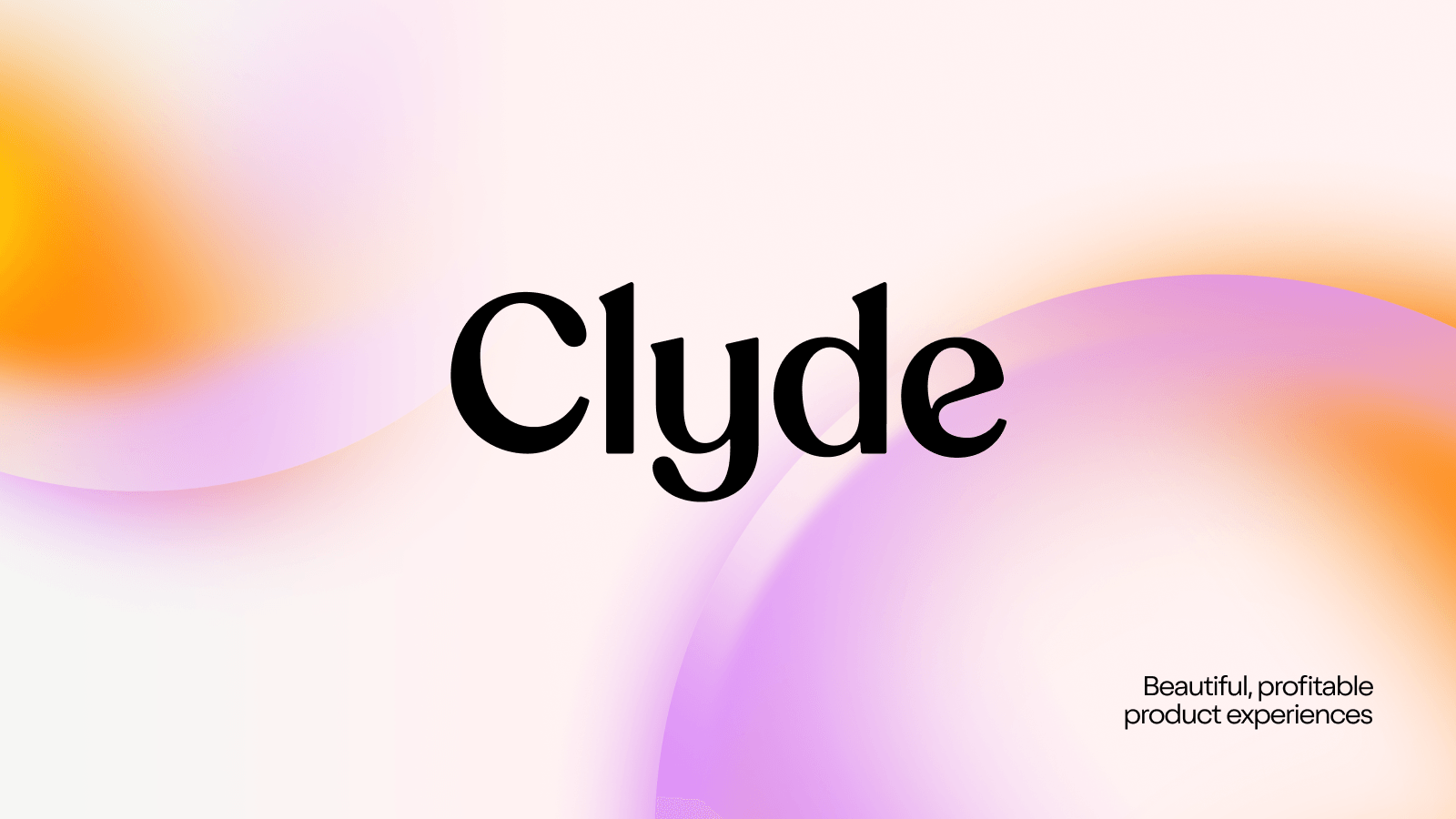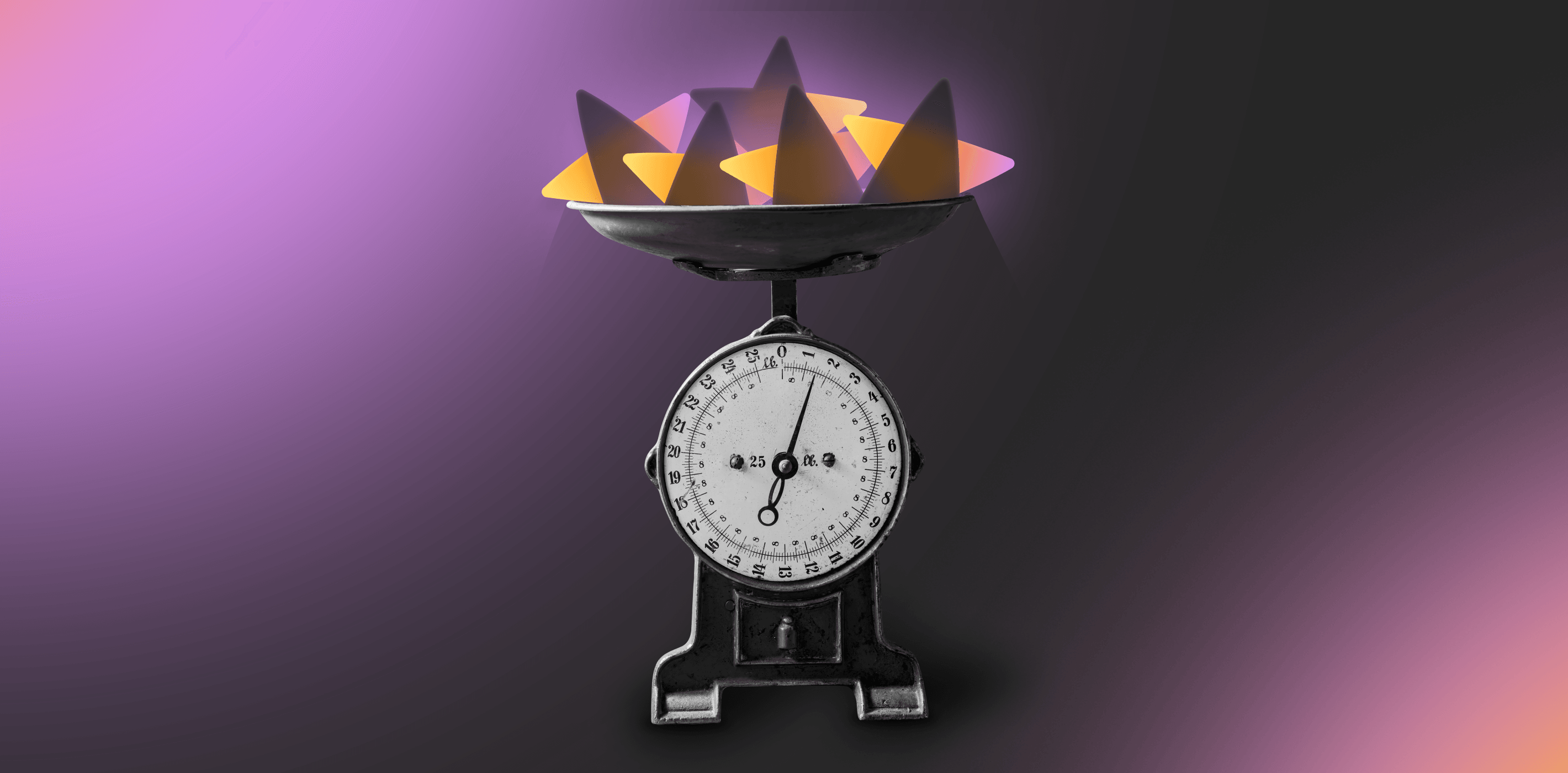For businesses that want to make money and keep up with consumer demand (and let’s face it, that’s most of us), a clunky tech stack could be the thing that prevents efficiency and drains cash. Instead of adding yet another piece of tech to a bloated tech stack in the hopes it will solve all your problems, consider the methodology behind your tech stack.
An optimized tech stack can be one of the best crusaders for a business, but creating the best ecommerce technology stack is complicated. Just do a quick Google search, and you’ll find more than 300 million results. From “what is a technology stack?” to “best tech stack.” People have a lot of questions.
Landing on the right tech stack is so hard that it may leave you feeling like Indiana Jones searching for the Holy Grail. And like our friend Indy, business leaders are overwhelmed with choices. Some options will be flashy, some complicated, some obscure, or understated. Most will seem valuable, but not all will be “the one.”
The value of a good tech stack may seem obvious, especially as ecommerce sales continue to grow. Recent data predicts that ecommerce sales will increase by 56% to $8.1 trillion in 2026 , so having technology that supports your strategy for ecommerce goals is essential. And a tech stack inevitably affects internal teams, with 85% of professionals stating they would leave their job due to dissatisfaction with the software and tools they have to use. That’s right: An effective tech stack impacts consumer and employee experience.
So what makes up the Holy Grail of tech stacks? For enterprise and midmarket companies in the ecommerce space, trends are pointing to a move toward MACH methodology.
What is MACH Architecture?
MACH stands for Microservices, API-first, Cloud-native, and Headless – the four technology pillars of architecture that let enterprises create custom tech stacks that meet their unique and ever-changing needs:
Microservices is an organizational architecture where software operates independently, but together. Typically these are built around business capabilities or priorities.
API-first switches up the way APIs are developed. Rather than focusing on code first, dev teams build backward according to business or consumer needs. Not only is it key in driving time and cost-savings, it lends itself well to creating modular and reusable applications for a microservices architecture.
Cloud-native uses the cloud to build and run applications in a distributed manner rather than relying on on-premises servers.
Headless refers to the decoupling of your frontend from your backend. In an ecommerce scenario, this means the customer-facing side of a website (content, user experience) operates independently from the business side (commerce management, logistics, the ecommerce tech stack). While you can have MACH architecture without the headless element, if you want to employ headless, you need to use a MACH methodology.
Rather than going to one company and purchasing a bundle of tools, the modular nature of MACH architecture allows businesses to build a model with tools and components that help them reach their specific goals — especially today, when the pace of change only increases.
Moving to MACH architecture can benefit modern enterprises in several areas. First, it allows an element of nimbleness and speed that legacy systems don’t. And it enables fine-grained customization of the stack across verticals, audiences, or geography. After all, an ecommerce enterprise with a B2B audience in India and a B2C audience in Brazil has a variety of needs that won’t be served equally by one tech stack.
What makes the best tech stack?
Because tech stacks aren’t one-size-fits-all, a move to MACH needs to be thoughtful. We spoke to Clyde’s manager of solutions engineering, Amir Hessabi, who said there are several questions C-suite leaders need to answer before considering the move.
1. What’s the point?
Sounds simple, right? But it’s a question that’s sometimes overlooked. Transforming a technology stack requires a mentality shift across the entire organization. Before making any move, leaders need to articulate the why and the what:
How this shift will drive high-level business goals.
The ideal outcome that will come from this transition.
At the end of the day, most ecommerce websites look similar: They have category pages, product pages, and payment platforms. So leaders must articulate how changes to the tech stack will support company goals. Will it affect the customer experience? Will it drive conversion? Will it streamline payments integrations?
Tech changes require resources (we’ll get into that later) so understanding the why and what upfront can help guide decision-making.
2. Who is our audience?
MACH architecture’s greatest strength is its ability to work for a variety of users and audiences. If an organization engages with several verticals, audiences, customers, or locales, MACH can be an efficient and effective approach.
This generally means an improved customer experience as organizations can personalize content and channels used and track sales and metrics according to different audience personas. It also means more flexibility to react to changing consumer needs.
3. What is our tech debt?
Alongside team and financial resources, leaders must determine an organization’s technical debt. Tech debt is when technology is used to complete a function or solve a problem but could consume more resources by either duplicating efforts or creating other issues. The research around this is sparse, but a recent McKinsey report found that 30% of CIOs believed they were using more than 20% of their budget to resolve issues created by tech debt.
The more tech debt a company has, the longer it takes to complete any tech-driven initiatives. Therefore, ensure debt is addressed thoughtfully before implementing MACH architecture by auditing how you structure projects, automating testing where appropriate, and creating coding standards and best practices.
A business will always have some tech debt — and that’s OK — there’s no perfect number. Though some teams aim for around five percent or less . You can calculate your technical debt ratio (TDR) by determining the ratio of remediation to development costs: TDR = (Remediation Cost / Development Cost) x 100%
4. What resources do we have available?
Moving to MACH architecture might not make sense if you have a small dev team. While MACH architecture may be associated with larger companies, it’s not as straightforward as arguing that enterprises should move to MACH and smaller companies shouldn’t. Some enterprise brands work well with a Shopify tech stack or BigCommerce platform; similarly, some small or midmarket businesses will thrive with MACH architecture.
When evaluating available resources, leaders need to determine if they have tech team members available to maintain and audit apps. If a business doesn’t have the necessary people and doesn’t have the cash to hire an agency to manage it, moving to MACH should be deprioritized until those resources are available.
Whatever your Holy Grail tech stack looks like – MACH architecture or an all-in-one platform – Clyde can improve your customer experience and increase LTV. Reach out to request a demo today .
SIGN UP FOR OUR NEWSLETTER






